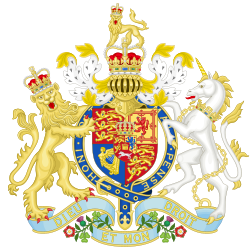Early developments
The Birmingham Corporation Act 1875 empowered Birmingham Corporation to purchase the Birmingham Waterworks Company. The transaction was supervised by the Mayor of Birmingham, Joseph Chamberlain, and completed on 1 January 1876 for the sum of £1,350,000 (equivalent to £160,405,360 in 2023) [2] . Chamberlain declared to a House of Commons committee
We have not the slightest intention of making profit... We shall get our profit indirectly in the comfort of the town and in the health of the inhabitants
The rivers Bourne and Blythe, Plant's Brook and Perry Stream were used as sources. The corporation dug six wells at Aston, Short Heath, King's Vale, Perry Barr, Selly Oak (Selly Oak Pumping Station survives), and Longbridge. These provided 20 million imperial gallons (91,000 m3) per day. There were 14 reservoirs (including Aston Reservoir, Perry Barr, Witton Lakes and Brookvale) with a total capacity of 628.5 million imperial gallons (2,857,000 m3).
By 1891, population growth in the city was causing demand for water to outstrip supply.






